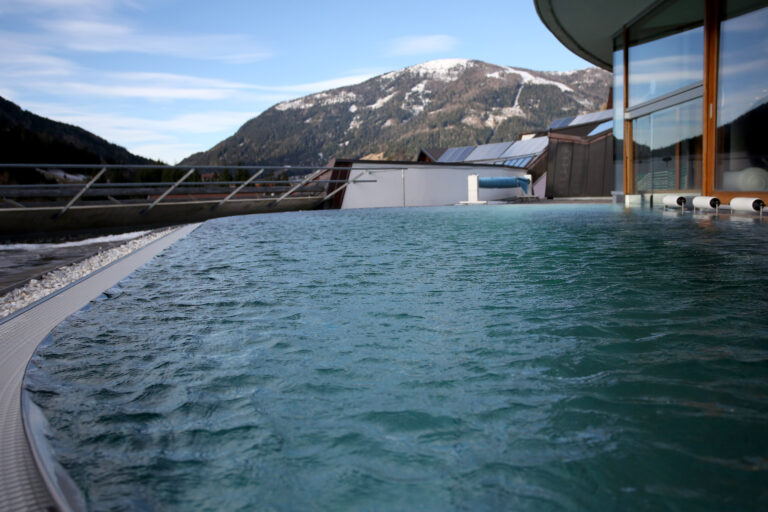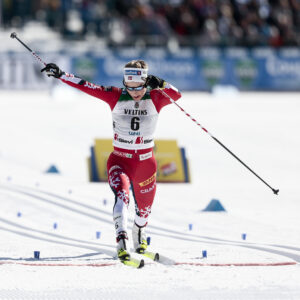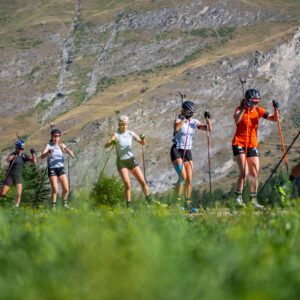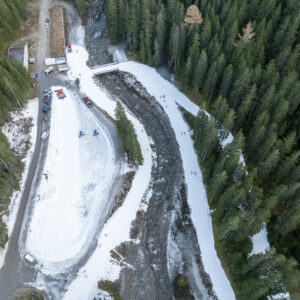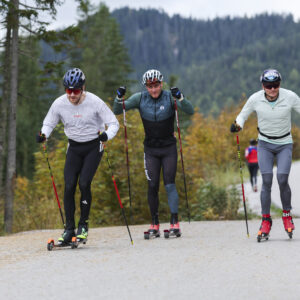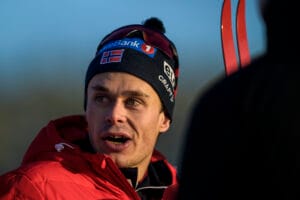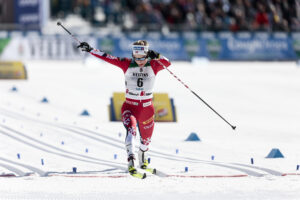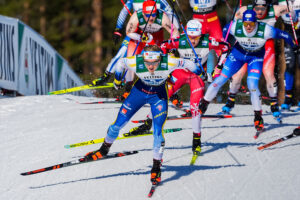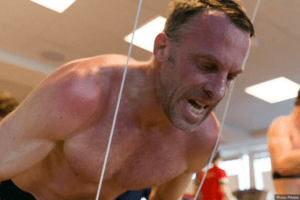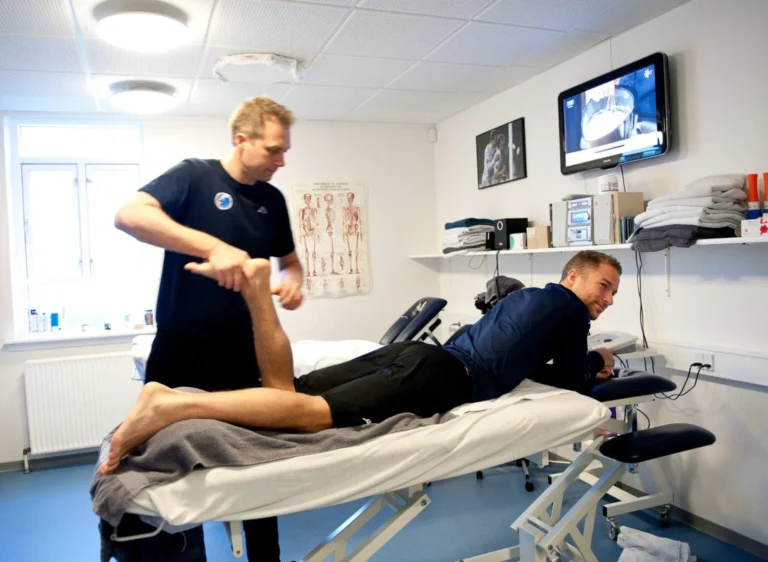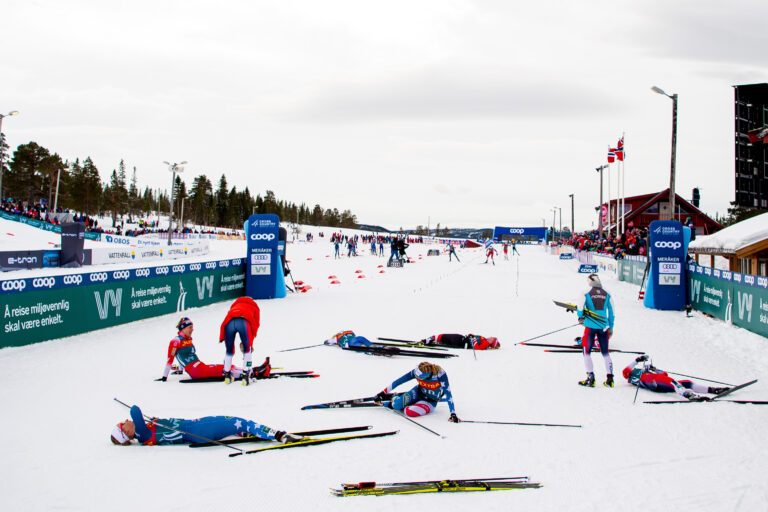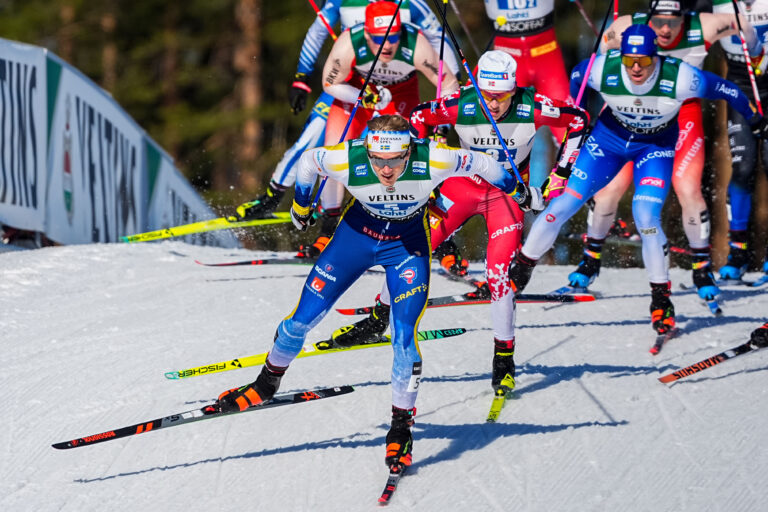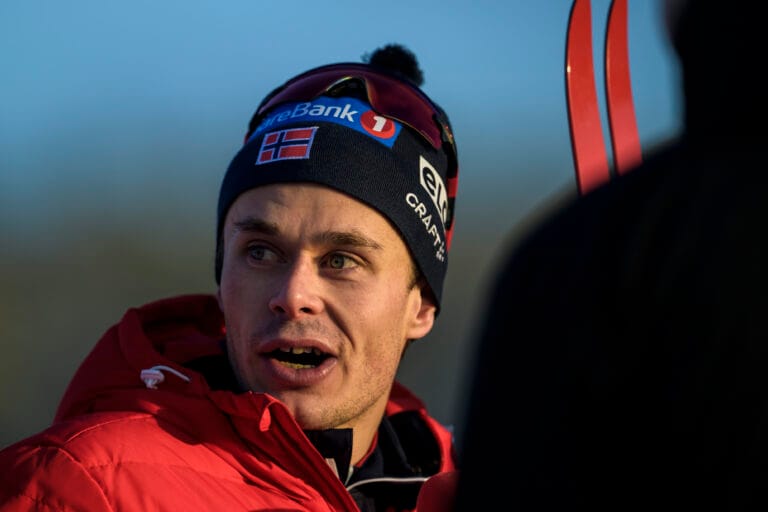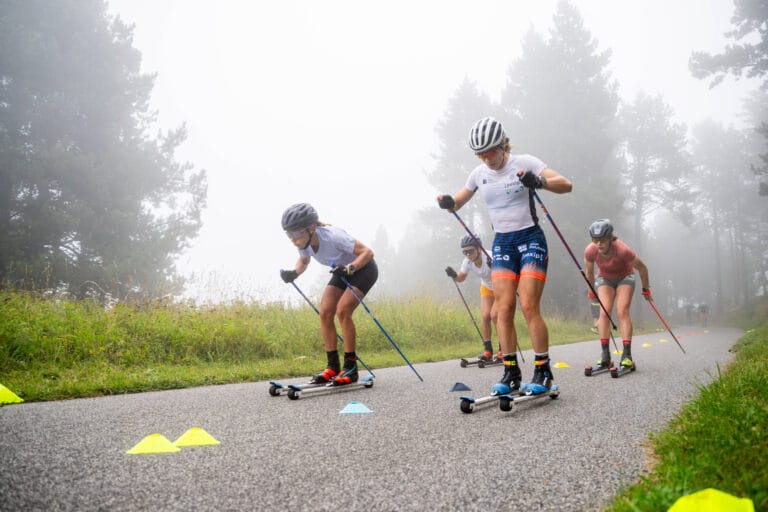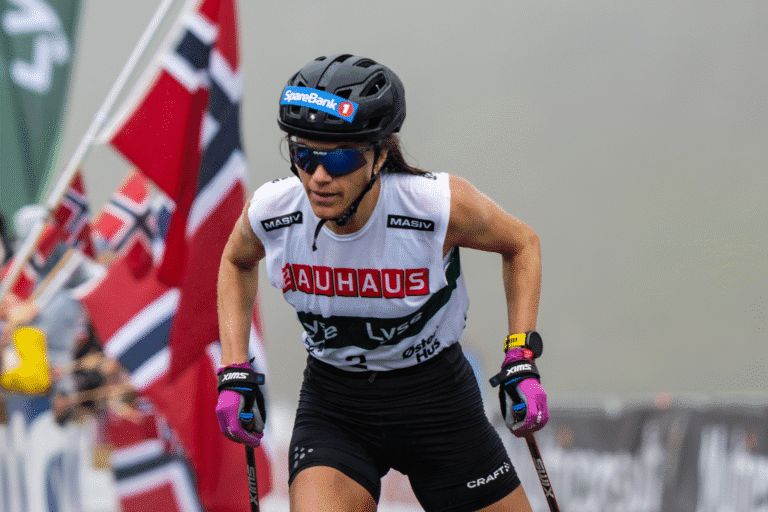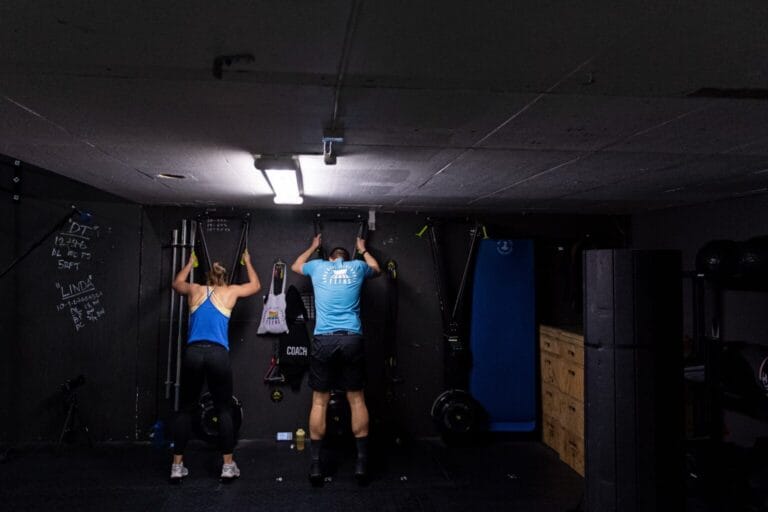Training
-
Recovery – part 3b: Hot water and contrast therapy
Following our ongoing series on recovery, this article explores the effects of hot water and contrast (hot–cold) therapies in optimizing recovery for endurance athletes. While cold treatment is often highlighted, could heat or alternating temperatures play a role in performance and muscle repair?23.10.2025
-
-
19.10.2025
-
-
-
11.10.2025
Most read
-
29.09.2025
-
21.10.2025
-
07.09.2025
-
01.10.2025
-
10.10.2025
more articles
-
Anders Aukland: “Two or three workouts a week are enough”
Planning to ski Birkebeinerrennet or Vasaloppet? The Ski Classics Legend Anders Aukland shares his best tips on how to make the most of autumn training.
10.10.2025 -
Recovery – part 2: Compression, foam roller, and massage
Do you regularly visit a masseuse? Or do you perhaps have compression socks or a foam roller, aiming to reduce the strain of training or enhance recovery post-workout? In this second article on recovery, we delve into these pressure-based recovery methods.
10.10.2025 -
Recovery – part 1: The physiology of fatigue
As everyone is already aware, in endurance sports, training must be sufficiently demanding both quantitatively and qualitatively for progressive development to occur. However, with the accumulation of high training volumes and overall stress from non-sporting activities, it is essential to be careful so that the body has enough time for rest and recovery.
08.10.2025 -
The fine line between passion and pressure: Nurturing young cross-country skiers
Marit Bjørgen, a true legend of cross-country skiing, has issued a strong warning about the growing pressure on young athletes in the sport.
05.10.2025 -
Nutrition does not have to be rocket science
Finnish nutritionist and Master of Food Science Kaisa Sali would like to see an increase in coaches’ knowledge of nutrition, for example, by incorporating nutrition sections into their overall coaching training.
03.10.2025 -
“Everyone on the national team has tried it”
The world’s elite swears by it. Scientists confirm its effect: A new miracle supplement could provide superpowers on the ski tracks.
01.10.2025 -
Ski star raises alarm: Sees worrying trend among young athletes
Harald Østberg Amundsen is concerned about what he sees among young skiers – and gets support from a former national team coach.
29.09.2025 -
Roller skiing or hill bounding – which is the key autumn workout?
The autumn training season is decisive for cross-country skiers. After laying the foundation in the summer, workouts become increasingly ski-specific, and every athlete must find the right balance between different methods.
28.09.2025 -
The star reveals key workout: “It’s awful. It’s exhausting, and you get such a crazy burn in your legs”
It’s no coincidence that the best succeed. Heidi Weng’s key workout is so brutal that she calls it “awful.”
27.09.2025 -
SkiErg vs. Ercolina: Which double-poling trainer is right for you?
Don’t feel like roller skiing in the rain and cold? Worried about falling or catching a cold? A great alternative to outdoor double poling is double-poling trainers. Do you know what options are available on the market and how they differ in terms of functions, installation, price, and other parameters?
26.09.2025
